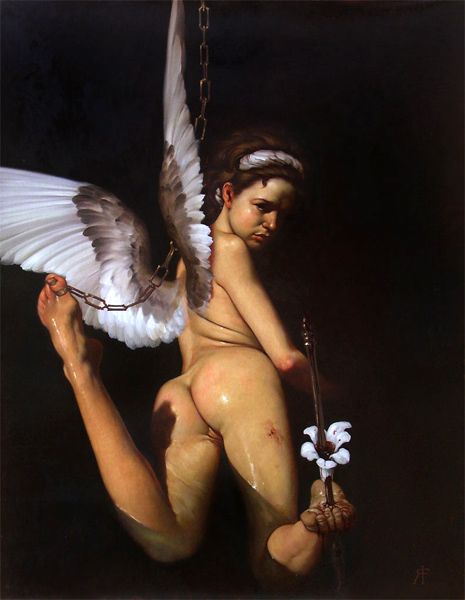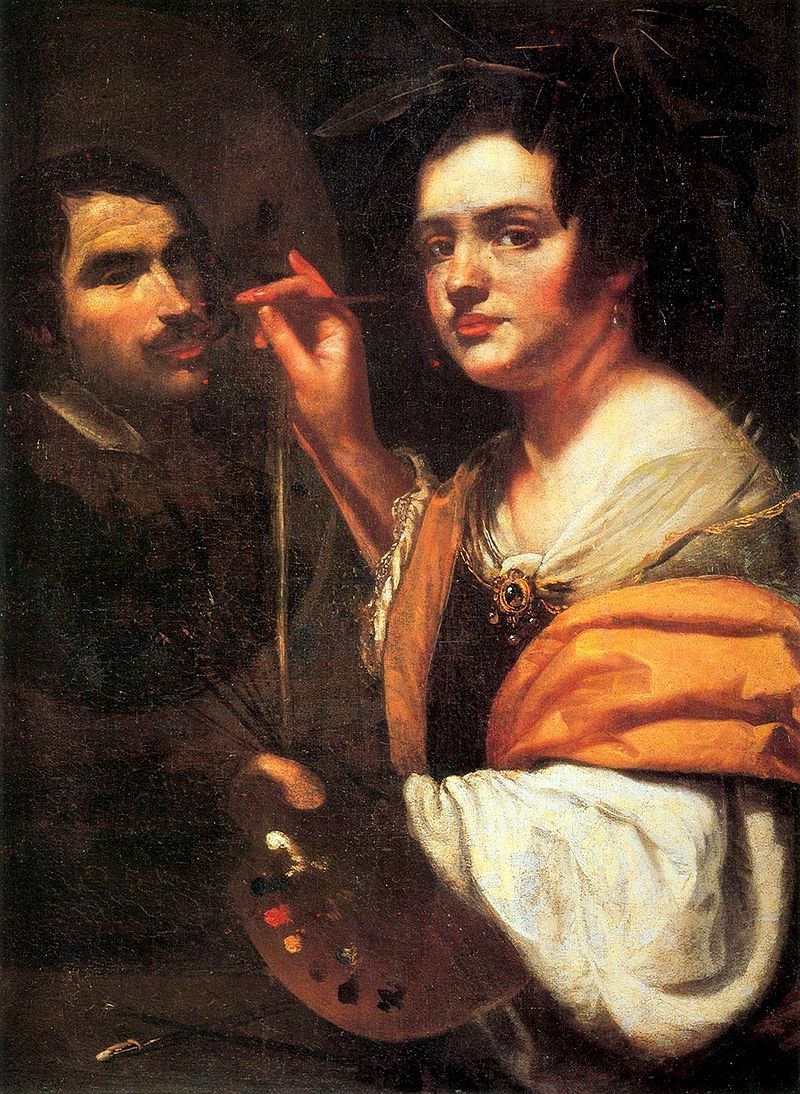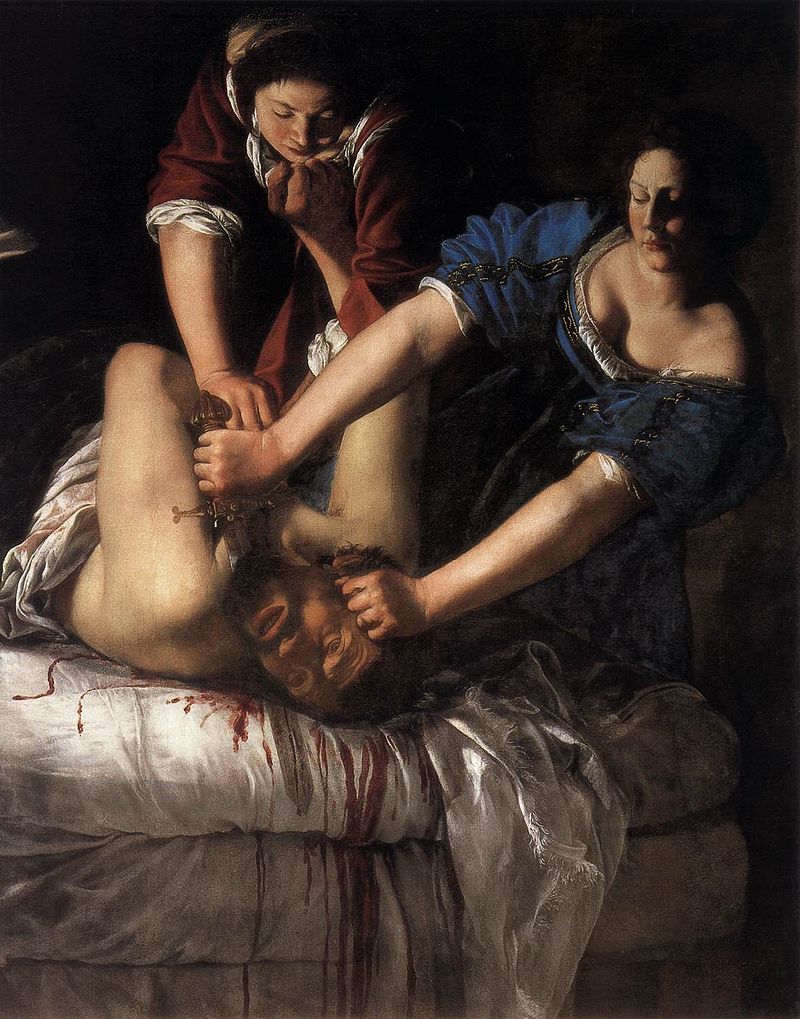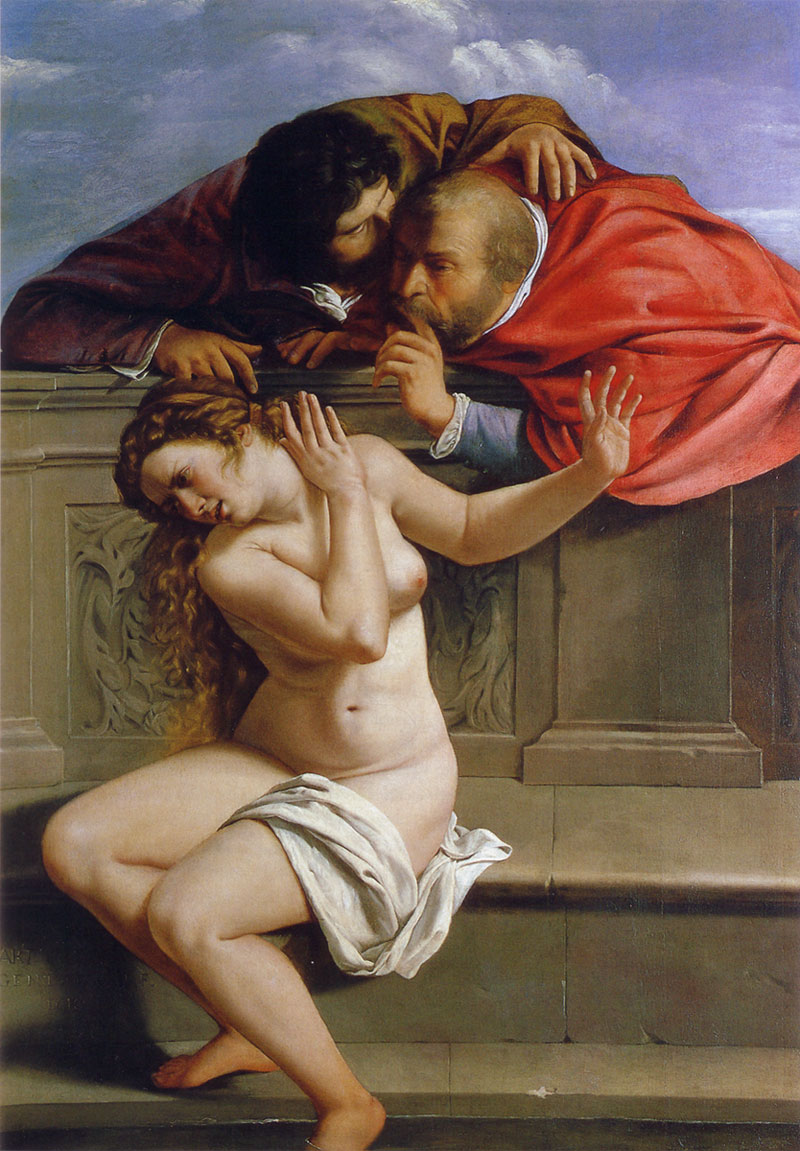So I was on Tumblr checking out mostly art when one of the pagan bloggers posted that non Natives need to stop smudging and white sage.
So I looked up why. .
Smudging is a rite involving the burning of sacred herbs, most likely White Sage. This rite is specific to some Native American Cultures. This has led to accusations of appropriation of the word and White Sage. I don’t really know which cultures they were taken from or why non-natives use it. I do know now that people are clearly annoyed or flat out mad about it. It’s also caused some environmental issues.
Funny thing is, in focusing on and popularizing specific assumed cultures and using one sacred her, people ignore the diversity of smoke cleansing and the plants that help us do it.. Hundreds of cultures world wide used smoke and herbs as a tool, not just white sage. I’ll be profiling them here. I’ll start with Sages.
White Sage. Salvia apiana
An evergreen shrub native to the South-West United States and North West Mexico but is becoming rare in the wild due to over harvesting and theft. So,please check your sources. Bee Flies, hummingbirds, bumble and carpenter bees, love them and act as pollinators. Most herbivores not so much. It’s a staple food among many Pacific Coast tribes who use it to make Pinole and seeds, leaves, and stems were added to other foods. A tea was made to help people regain strength.
Common Sage. Salvia officinalis
AKA, Garden sage, Culinary sage is a perennial evergreen shrub native to the Mediterranean. It’s most commonly used in cooking and is a main ingredient in saltimbocca. It’s also used to ward off evil and as an ingredient in Four Thieves Vinegar. It was sacred to various gods and used as an offering. It’s used as an essential oil as well. It can be burned for cleansing.
Other useful sages include Greek Sage. S. fruticosa,
Palo Santo. Busera graveolens
B. graveolens is a tree native to the area from the Yucatan to Peru and the Galapagos Islands, which has gained popularity in the New Age movement. This has unfortunately caused it to become threatened in Peru due to illegal logging.(they’re only allowed to use fallen branches) It was originally used by Natives as folk medicines and for cleansing, especially in Ecuador.
Palo Santo. Bulnesia sarmientoi
AKA. Ibiocai Lignum vitae or vera/verawood is a tree native to Gran Chaco in South America. It’s endangered.
Mugwort. Artemisia vilgaris
Aka Chrysanthemum weed, wild wormwood, Old Uncle Henry, naughty man, sailor’s tobacco, old man, St. John plant, Moxa, Ai Ye, armoise, felon herb
Native to temperate Europe, Asia, Africa, and Alaska, naturalized/invasive elsewhere. It was used for flavoring gruit, beer, for pain relief, a diuretic, and help remembering dreams. Many butterflies and moths like it and It can be burned for cleansing. A related plant, wormwood, is used to make absinthe.
Lavender.
Sources . Wikpedia,
Erowid.org/herbs/ Mugwort
















